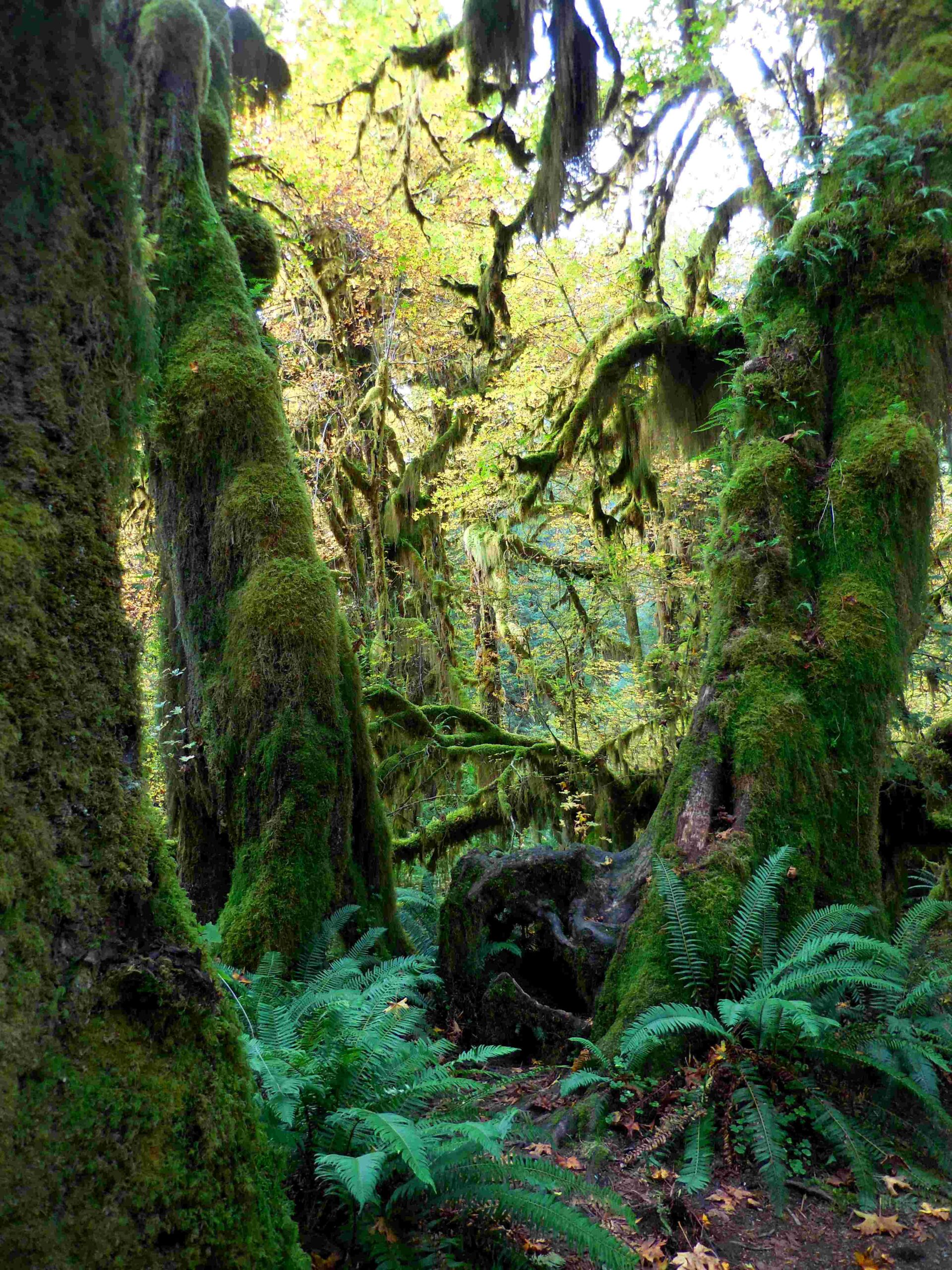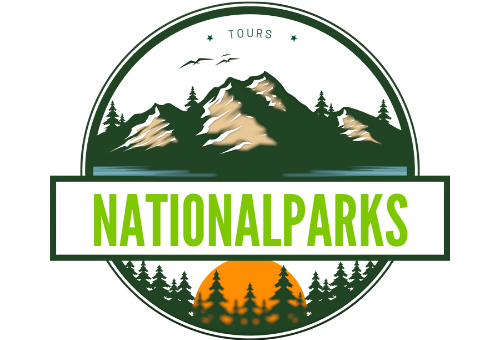Olympic National Park, renowned for its diverse ecosystems and wildlife, is home to black bears but has an exceptionally low incidence of bear attacks. In the past 50 years, less than two dozen people have been injured by bears in Washington state, with no fatalities recorded within the park itself. Despite the rarity of such events, understanding bear behavior, implementing proper safety measures, and knowing how to react in an encounter are crucial for visitors to ensure a safe and enjoyable experience in this pristine wilderness.
What is the Bear Population in Olympic National Park?

Olympic National Park is exclusively home to black bears. Unlike some other national parks, there are no grizzly bears present in this ecosystem. The black bear population in the park is healthy and stable, contributing to the park’s biodiversity.
How Common are Bear Attacks in Olympic National Park?

Bear attacks in Olympic National Park are extremely rare. According to the Washington Department of Fish & Wildlife (WDFW), less than two dozen people have been injured by bears in the entire state over the last 50 years. Importantly, there has been only one fatal bear attack recorded in Washington state, and it did not occur within Olympic National Park.
This low incidence of bear attacks can be attributed to several factors:
- The naturally shy nature of black bears
- Effective park management and visitor education programs
- Proper food storage practices by visitors
- The abundance of natural food sources for bears within the park
What Should Visitors Do to Prevent Bear Encounters?
Preventing bear encounters is key to a safe visit to Olympic National Park. Here are some essential tips:
- Proper Food Storage:
- Use airtight containers for food and scented items
- Store food and attractants at least 10 feet off the ground and 4 feet from tree trunks
-
Never leave food unattended at campsites
-
Hiking Practices:
- Hike in groups whenever possible
- Make noise while hiking (talk, sing, or use bear bells)
-
Stay alert and watch for signs of bear activity
-
Campsite Management:
- Keep a clean campsite
- Dispose of trash properly in designated bear-proof containers
-
Avoid cooking strong-smelling foods
-
Bear Spray:
- Consider carrying bear spray, especially in remote areas
- Learn how to use bear spray properly before your trip
What are the Official Guidelines for Bear Encounters?
If you encounter a bear in Olympic National Park, follow these official guidelines:
- Stay calm and assess the situation
- Speak in a calm, assertive voice to make your presence known
- Slowly back away without turning your back on the bear
- Avoid direct eye contact but keep the bear in your sight
- Make yourself appear larger by raising your arms or holding a jacket above your head
- If the bear approaches, use bear spray if you have it and are within range
What Actions Should be Avoided During a Bear Encounter?
During a bear encounter, it’s crucial to avoid certain actions that might escalate the situation:
| Action to Avoid | Reason |
|---|---|
| Running | Can trigger the bear’s chase instinct |
| Climbing trees | Black bears are excellent climbers |
| Making sudden movements | Can provoke or startle the bear |
| Playing dead | Not effective with black bears; fight back if attacked |
| Approaching or cornering the bear | Can make the bear feel threatened |
How Does Olympic National Park Ensure Visitor Safety Regarding Bears?
Olympic National Park implements several measures to ensure visitor safety:
- Signage and Information:
- Warning signs in bear-frequented areas
- Informational displays at visitor centers
-
Brochures and pamphlets on bear safety
-
Education Programs:
- Ranger-led talks on wildlife safety
-
Bear awareness workshops for campers and hikers
-
Reporting System:
- Black Bear Incident Form for visitors to report encounters
-
Hotline for reporting bear and cougar sightings
-
Park Management:
- Regular monitoring of bear activity
- Temporary closures of areas with high bear activity
- Proper waste management to reduce bear attractants
By understanding bear behavior, following park guidelines, and being prepared, visitors can significantly reduce the already low risk of a bear attack in Olympic National Park. Remember, bears are an integral part of the park’s ecosystem, and with proper precautions, humans and bears can coexist safely in this beautiful wilderness.
References:
- https://explorenborgen.com/bears-in-olympic-national-park/
- https://www.seattleschild.com/cougar-black-bear-safety/
- https://discoverparksandwildlife.com/bears-in-olympic-national-park/

